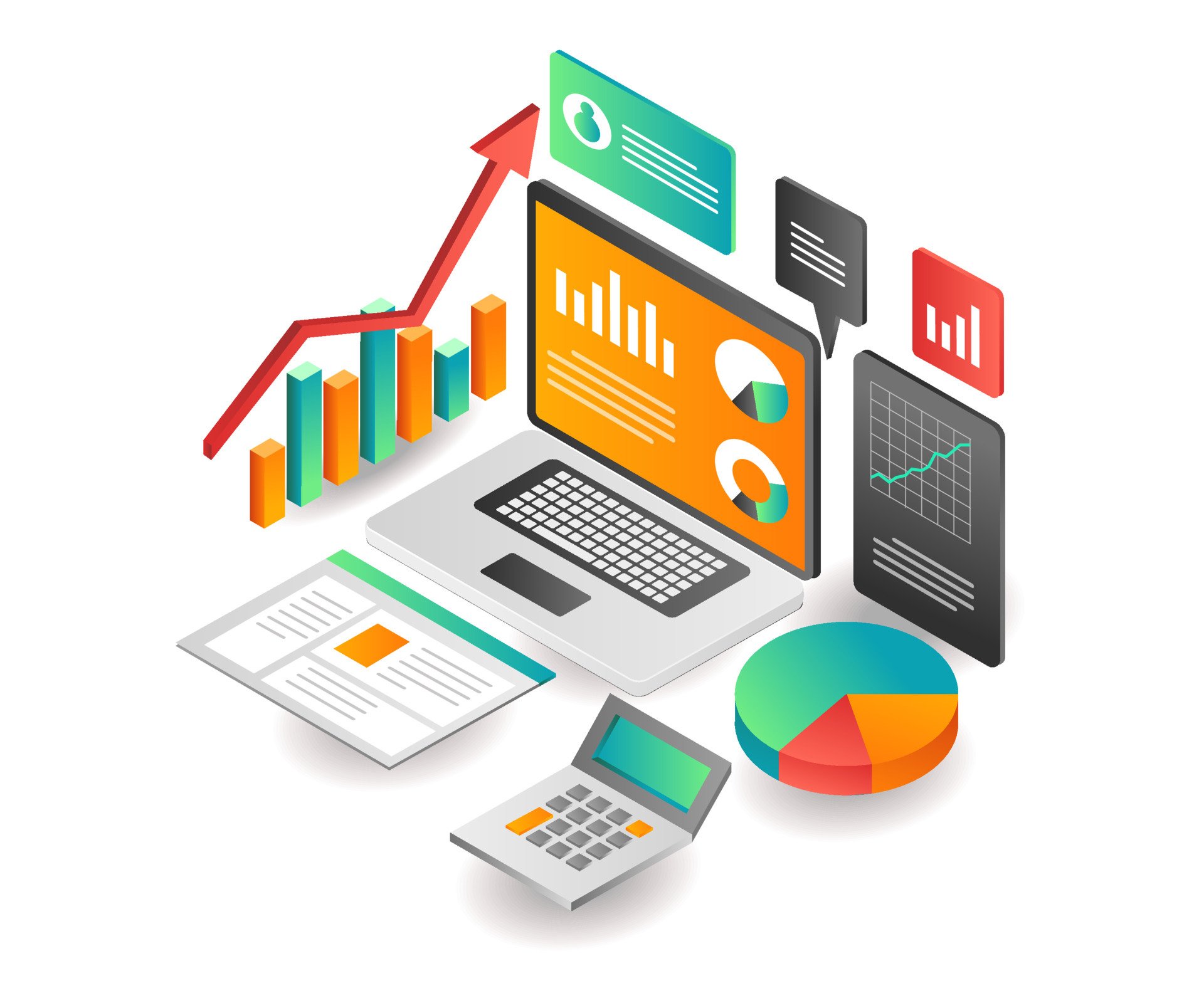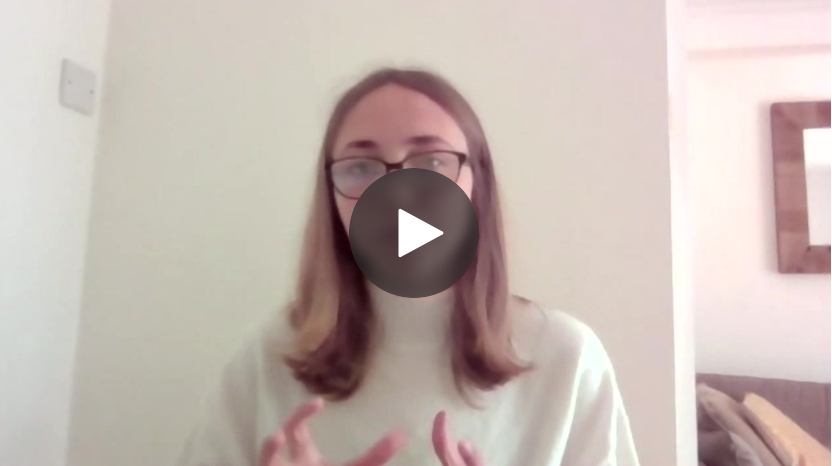Tools of Engagement: 5 Ways to Capture Customer Data
Regardless of what many corporate event planners think, post-event and meetings surveys alone are not enough to give you the kind of event data you need to understand attendee behavior and engagement. Instead, planners looking for real insight on customers and prospects should be turning to a variety of tools to source event data and make the most of its value.
What are these tools and what can they do? Mitch Deeming, head of operations and customer success for Explori, identifies several that are valuable and explains how best to use them. Not all of these tools will be relevant for all events. Understanding your attendees’ objectives and your own will help you decide which are right for yours.
1. CRM
A place where many event professionals and marketers will already have data on customers and prospects is the customer management platform (usually shortened to CRM). Records are generated in the CRM when customers engage with the company brand in ways that include signing up for something, purchasing a product or attending an event.
Deeming recommends that planners continually populate and update their CRMs with relevant information, thereby gaining better understanding of customers and the segments they fall into. Important information for segmenting customers include how this person came to appear in the CRM; points of engagement you’ve already had with them, such as whether they have appeared at your events and in what capacity; their annual budget and the sector they work in.
2. Registration Platforms
The event registration platform, which should be one that integrates with your CRM, is another important tool. Registration is valuable for collecting demographic data that enriches customer records and contributes to meaningful segmentation of customers, attendees and other stakeholders. It can answer such questions as why people came to the event—was it primarily for networking, educational content or purchasing? Which sessions did they sign up for?
Deeming advises planners to be conscious of the customer data they already have in the CRM and to avoid making the registration form too long by asking
for information they already have. He also advises planners to make sure the registration form is relevant to the event—should it have separate pages for buyers or VIPs? Another consideration is awareness of relevant data privacy laws in the event location.
3. Virtual Event Platforms
Virtual event platforms are a valuable new source of engagement data. They can track which sessions people attended and for how they long they stayed. They also capture live chats, which are a useful source of feedback, and questions from the audience, which can be helpful in creating future content. Engagement metrics such as “likes” and sessions attended are available in real-time, enabling planners to report and act on them quickly.
Virtual event platforms come with some caveats, however. Deeming cautions that engagement with sponsored content is often low, recommending that it be incorporated into the main content to ensure the audience views it. Other things to be aware of is who actually owns the audience data and whether the format of the data exported will be consistent with other platforms.
4. Mobile Event Apps & Event Websites
While registration will tell you who your customers are, a mobile event app and event website (if you use a platform that allows) can help you determine what they’re actually doing at the event and their level of engagement. Mobile apps and websites can give you “passive” engagement data from just the way people are interacting with the platforms and “active” engagement data through activations and activities within the app itself. Apps also support other types of data collection by prompting users to complete surveys and providing instant feedback on various event elements.
Specifically, apps enable you to gather data on what sessions and speakers attendees preferred, which exhibitors they visited and which attendees they connected with through the app. Apps with note-taking functions even allow you to see which sessions prompted the most note-taking. Many also support a suite of measurable activations within the app, including session polls and gamification.
The major consideration with event apps is that their adoption rate is often low. Because of the valuable information apps provide, Deeming believes it is well worth encouraging adoption through support, promotions and incentives.
5. Surveys
Sentiment data, which is key to understanding the hearts and minds of customers, is primarily collected through surveys. While surveys are traditionally done after an event, Deeming recommends also using them during the planning process, a useful way to determine the types of content and networking opportunities to provide.
Among the benefits of surveys are their ability to provide direct feedback from customers. They can provide answers to important questions such as how your event compares with other channels for learning, purchasing and networking within the industry sector. Surveys are also useful for filling in gaps in the CRM on the information you may not already have.
For effective surveys, it’s important to make sure that questions are consistent between events in order to allow for comparisons. Good response rates are often highly dependent on repeated promotion and intelligent survey design.
More Tips On How To Use Event Data To Build Valuable Insights?
Like this? Want more know tips and advice on how to maximize your event data to build valuable insights? Download our Event Impact Playbook designed specifically for corporate event professionals.
.png?width=150&height=61&name=explori_logo%20(1).png)


